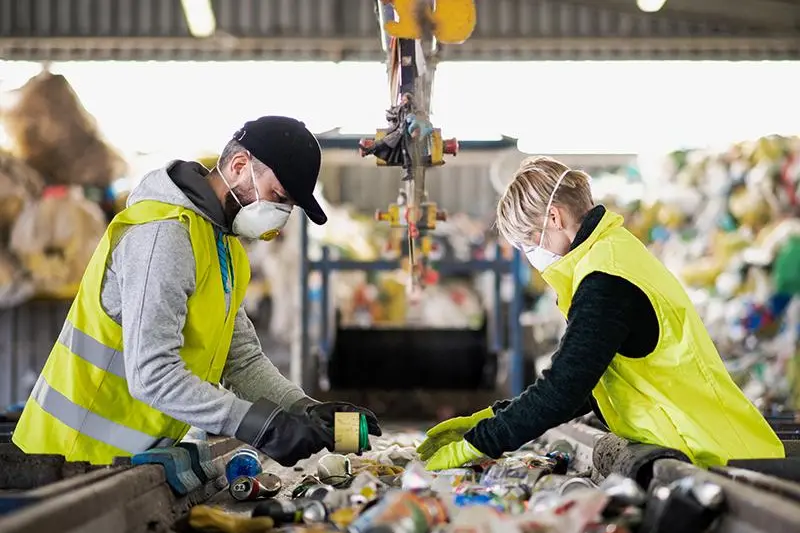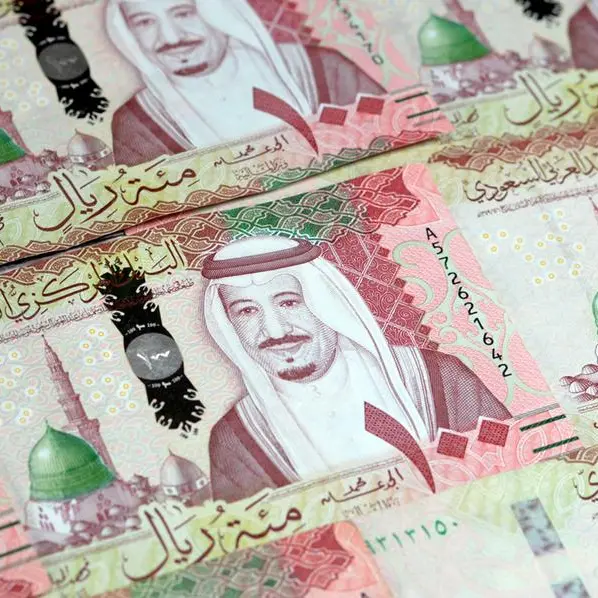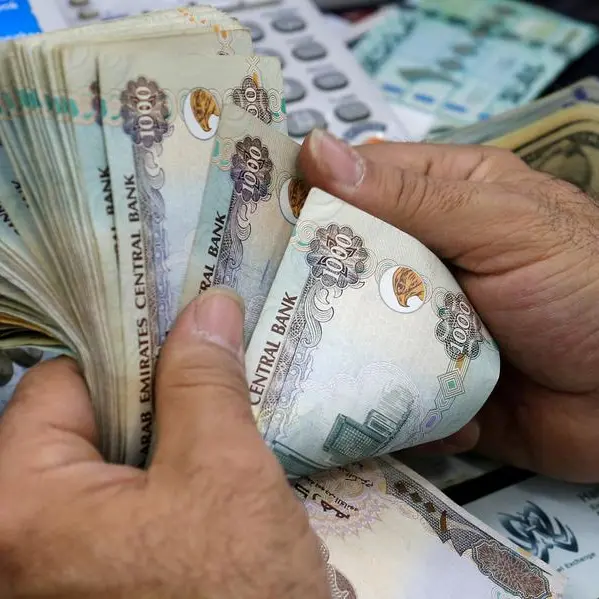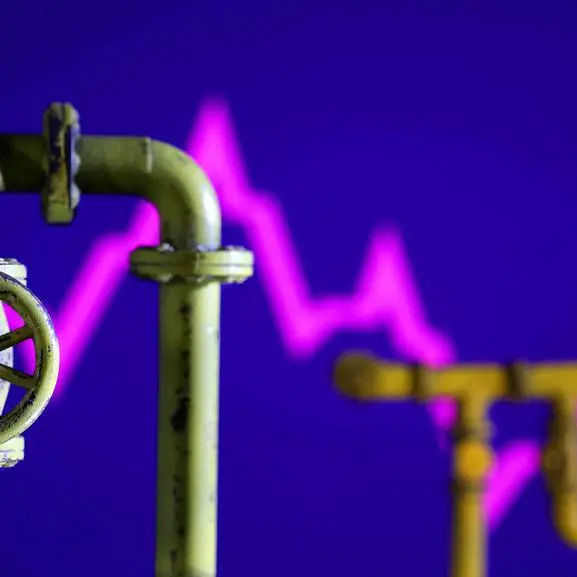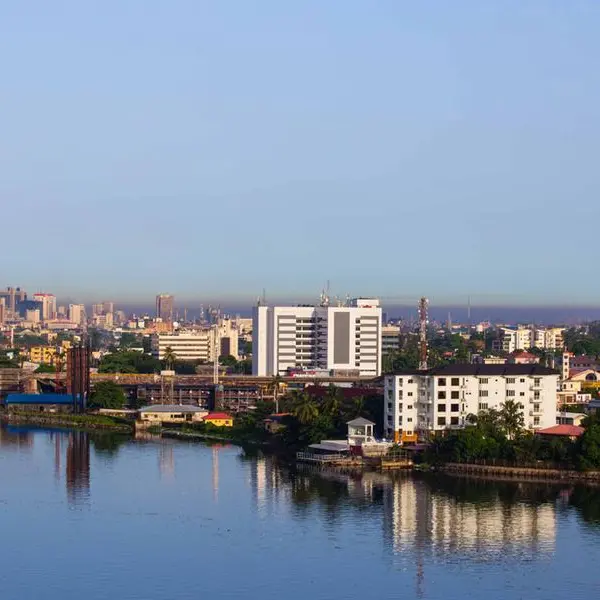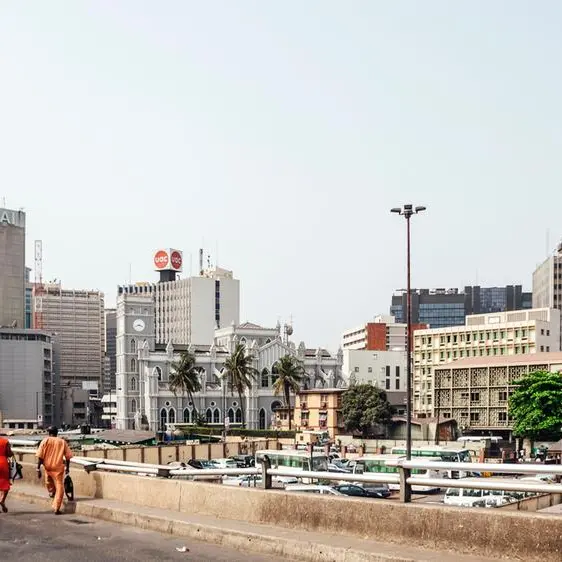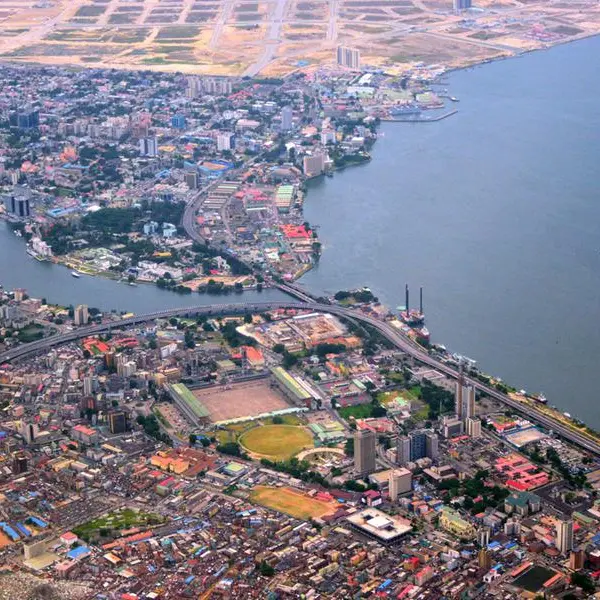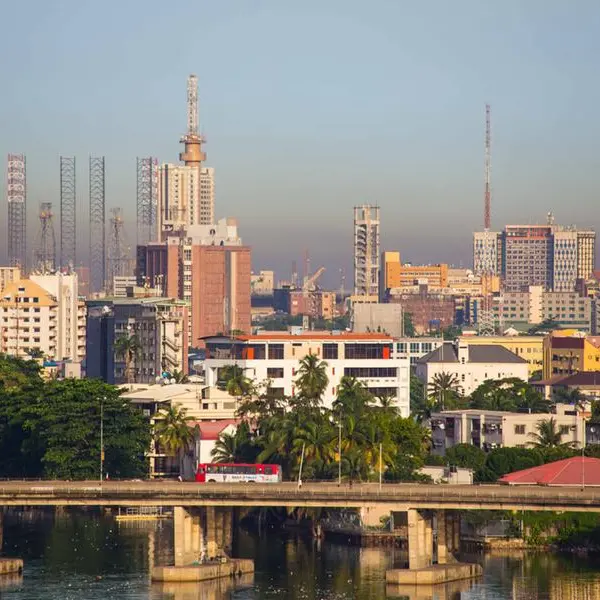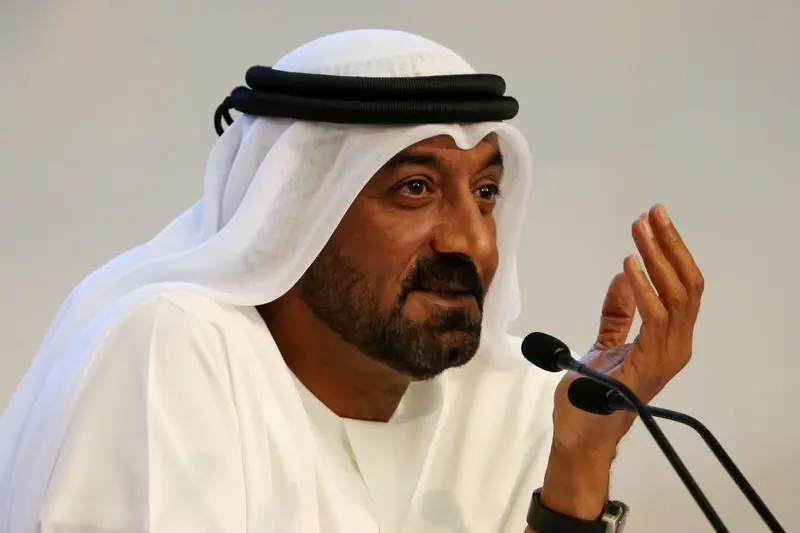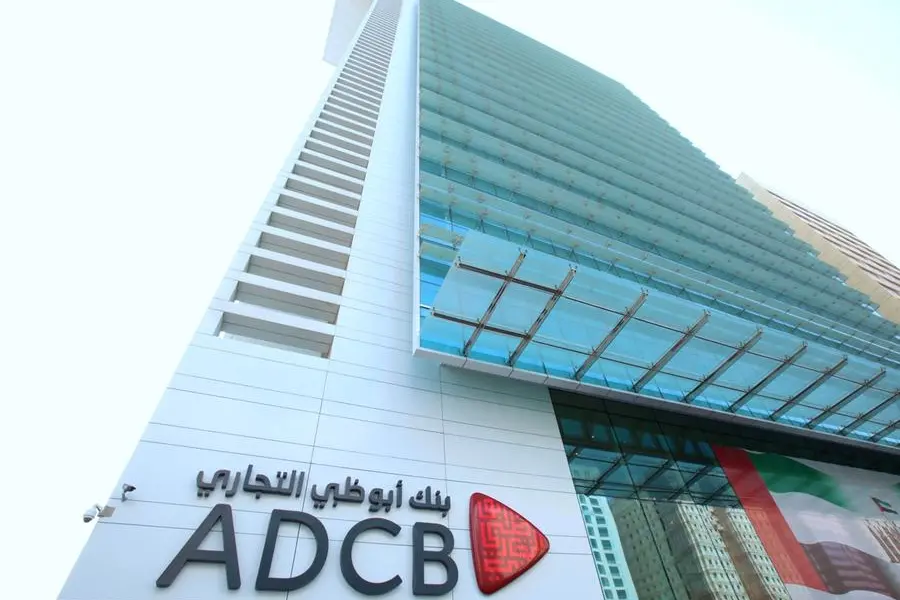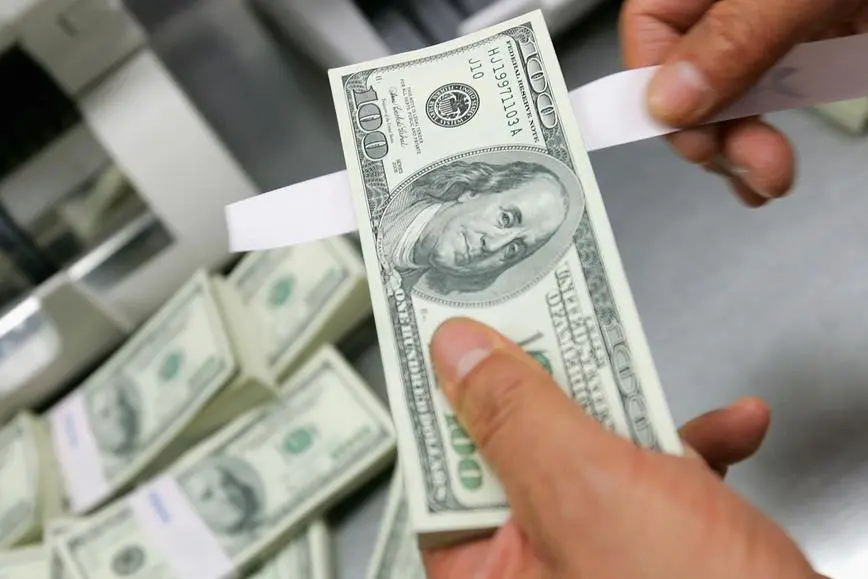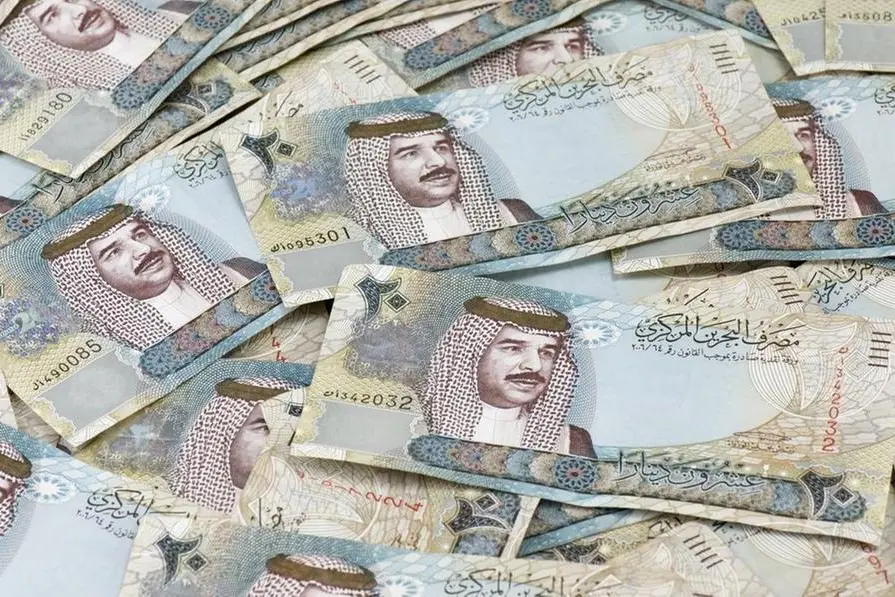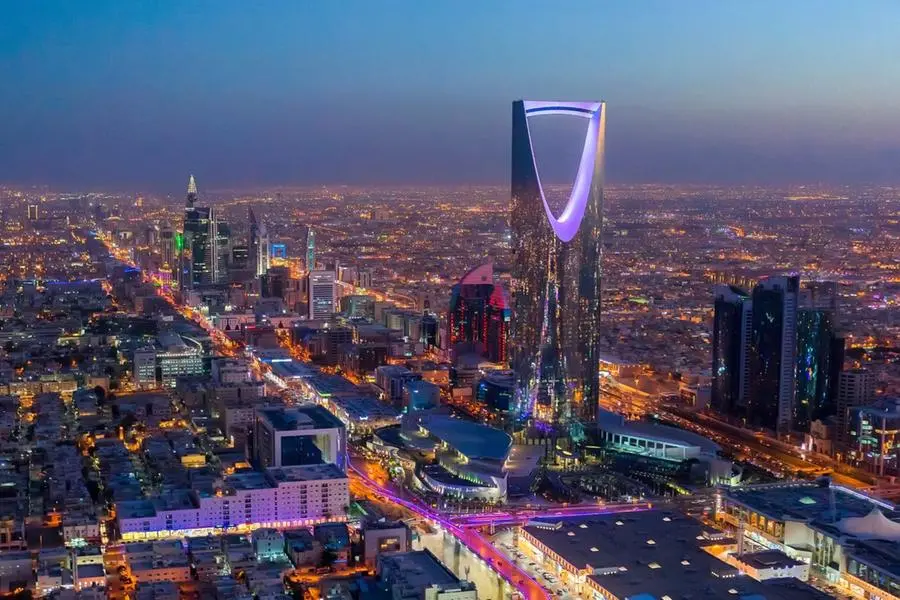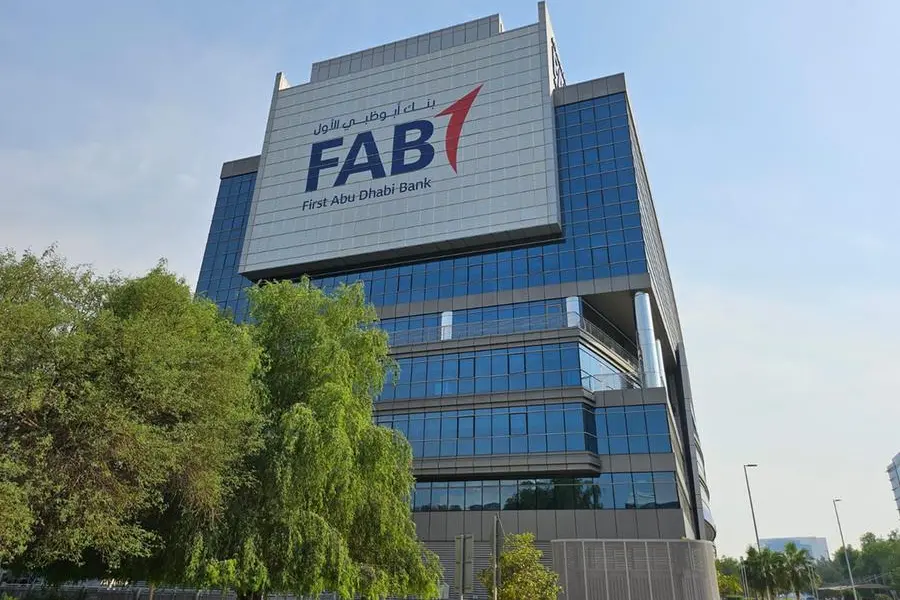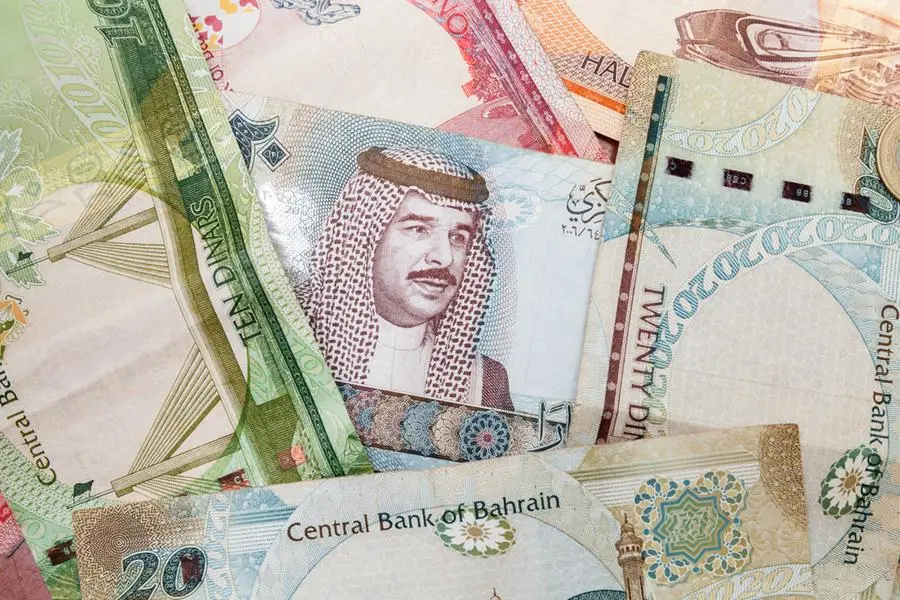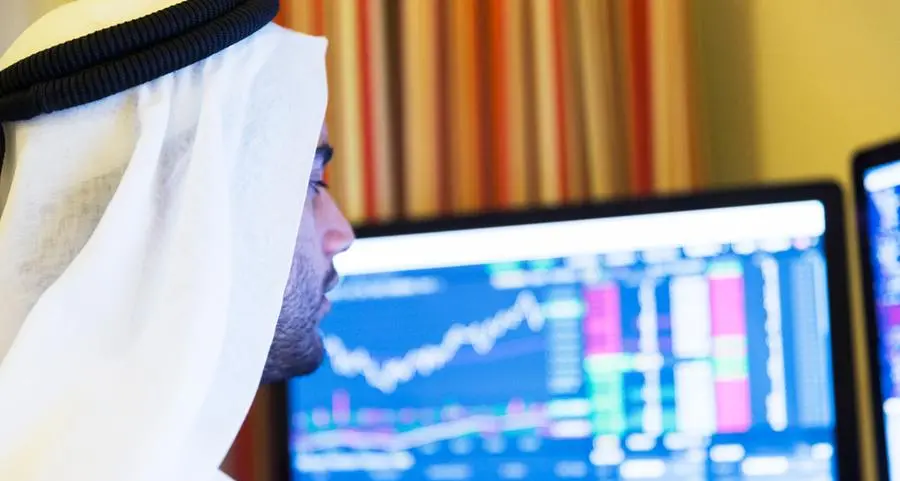PHOTO
HONG KONG/MANILA – Less than a century ago, most products in Asia were made mainly from natural materials, and were built to last or to biodegrade easily. People wrapped food in leaves or paper and carried it in reusable containers, returned glass milk bottles so that they could be sterilized and used again, and ate in restaurants using ceramic plates and stainless-steel cutlery. Low-income communities in particular embraced a prevalent micro-retail culture of buying small quantities of condiments and other household kitchen needs. And the plastic bag had yet to be invented.
All this changed dramatically after World War II, when many parts of Asia underwent rapid industrialization and urbanization. The introduction of single-use plastics appealed to an ideal of convenience and hygiene, nurturing a mindset that ushered in disposability on an unprecedented scale. Companies started wrapping their products in single-use plastics, and effectively hacked Asia’s micro-retail culture by emphasizing how the region’s poorer consumers could benefit by purchasing small packaged amounts.
Plastic has thus been the most popular and ubiquitous material in Asia for decades, and more than half of the world’s plastic is produced there. But the increasing use of plastic is having adverse environmental effects that extend far beyond the vast quantities of it that litter land and clog bodies of water across the region.
To gauge the nature and scale of this pollution crisis and identify possible solutions, the Heinrich Böll Foundation and Break Free From Plastic Asia Pacific recently collaborated with the Institute for Global Environmental Strategies Japan to produce the Plastic Atlas Asia Edition.
The atlas includes facts and figures about the toxic world of synthetic polymers and shows how pervasive plastics have become in nearly all aspects of our lives, from clothing, food, and tourism to human and environmental health. For example, we may not realize how much plastic we wear, in the form of polyester and other synthetic fibers made from petroleum or natural gas. In fact, making a polyester shirt may emit between 3.8 and 7.1 kilograms of carbon dioxide. Plastic waste and microplastics in the world’s oceans are a much-discussed problem. But few realize that plastic pollution of agricultural lands can be between four and 23 times higher.
The atlas provides comparative regional data as well, especially on grassroots issues such as illegal dumping of waste from more developed countries, the unequal gender impact of exposure to plastic, and the plight of waste pickers and waste workers in Asia who play a critical role in diverting plastic residuals from open dumps, incinerators, and the environment. Moreover, it outlines the responsibilities of Asian governments and corporations in tackling the threat of plastic pollution.
Although the region’s plastic pollution was bad before COVID-19, the pandemic has exacerbated the problem. Plastic production and pollution have accelerated as demand for single-use plastics – including for online merchandise and food delivery during lockdowns – has surged. This has jeopardized previous hard-fought gains, with the oil and gas industry planning to ramp up investments in production of plastic products and by-products – more than 99% of which comes from fossil-fuel feedstocks – in the next few years. As a result, the environment will most likely become a long-term casualty of this public-health crisis.
But at the same time, a rising tide of community-based organizations and grassroots-led initiatives across Asia could lead to the emergence of a more inclusive, sustainable, and just economic system that can address the entire lifecycle of plastic pollution.
Members of the #breakfreefromplastic movement believe that decentralized, community-led innovation represents the way forward in addressing the plastic pollution crisis. These groups have demonstrated how an approach involving ecological resource management and at-source use reduction, with an emphasis on product redesign, and systematic waste separation and collection, can help to counter the growing environmental threat posed by plastics.
In some Asian cities, such as San Fernando in the Philippines and Kamikatsu in Japan, and in Kerala state in India, Break Free From Plastic’s grassroots member organizations are implementing zero-waste management programs that divert huge amounts of waste from landfills, thereby preventing it from polluting land and entering waterways. Such initiatives have shown that the false solutions being pushed by industry groups and corporations, including chemical recycling, plastics-to-roads, ecobricking, plastic credits, and plastic collection in exchange of basic goods for low-income families, are merely greenwashing. Their methods require ongoing extraction of resources, because they fail to keep valuable materials within a circular economy, and generate harmful emissions of heavy metals, persistent organic pollutants, and greenhouse gases.
Asian governments must now enact and properly implement policies and regulations that will help to scale up grassroots initiatives and hold plastics producers accountable for addressing the crisis, such as by filing lawsuits and demanding remediation of the pollution and its impact on health, human rights, and environment. Companies urgently need to abandon their aggressive growth targets for plastic production and use, which is expected to quadruple by the early 2050s, and offer credible alternative delivery systems and reusable packaging for their products.
Generations of Asians have become accustomed to the apparent convenience of plastic. But without significantly reducing its production, we cannot hope to stop the plastic pollution crisis.
This year’s Earth Day theme was “Restore Our Earth.” To do that, we need to foster innovative ideas and solutions that can repair the world’s ecosystems. With the publication of the Plastic Atlas Asia Edition, we hope to shine additional light on a complex regional crisis and spur further efforts to combat it.
Jed Alegado is Senior Communications Officer of Break Free From Plastic Asia Pacific.
Clemens Kunze is Deputy Director of the Heinrich Böll Foundation’s Hong Kong office.
Kevin Li is Program Manager for Environment in the Heinrich Böll Foundation’s Hong Kong office.
Disclaimer: The content of this article is syndicated or provided to this website from an external third party provider. We are not responsible for, and do not control, such external websites, entities, applications or media publishers. The body of the text is provided on an “as is” and “as available” basis and has not been edited in any way. Neither we nor our affiliates guarantee the accuracy of or endorse the views or opinions expressed in this article. Read our full disclaimer policy here.
© Project Syndicate 2021